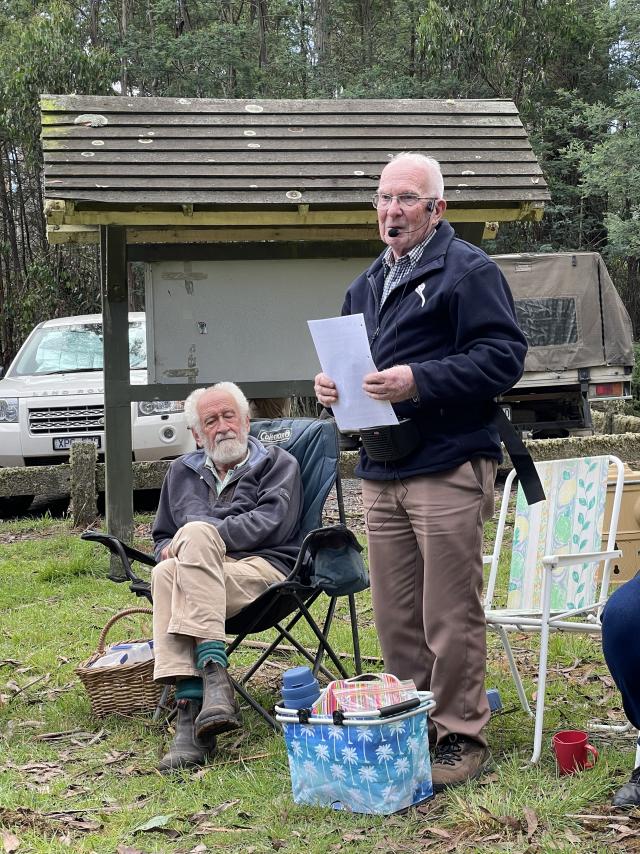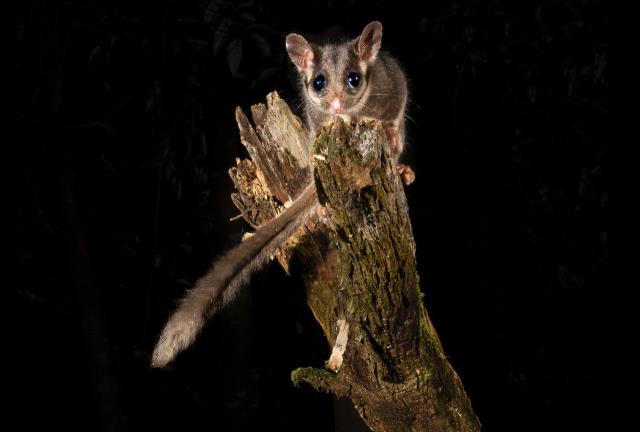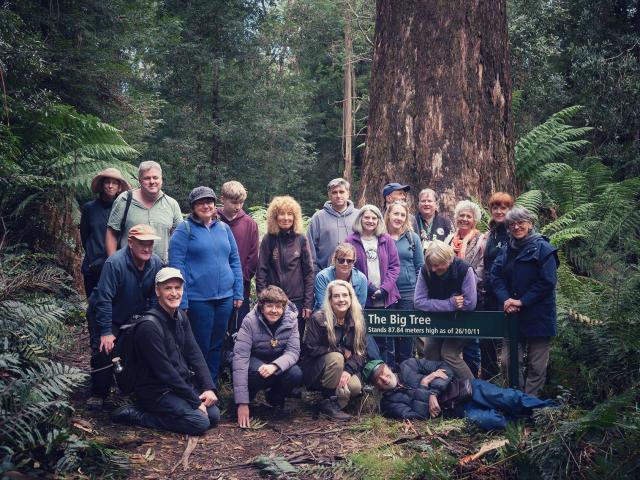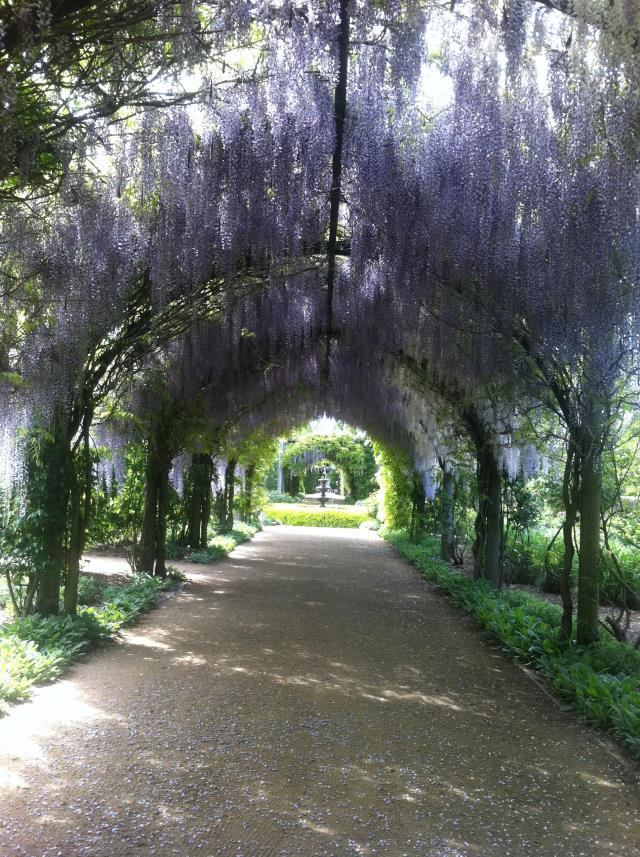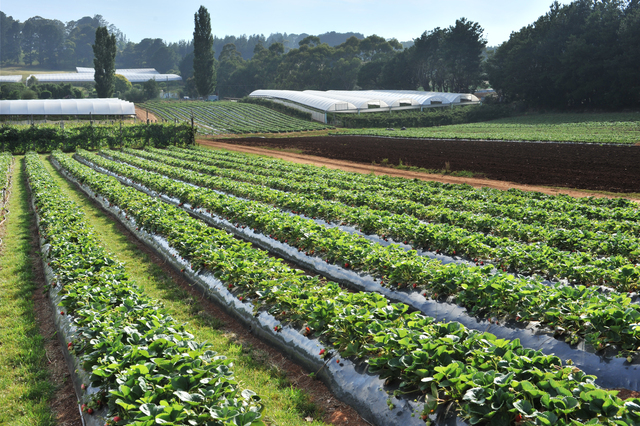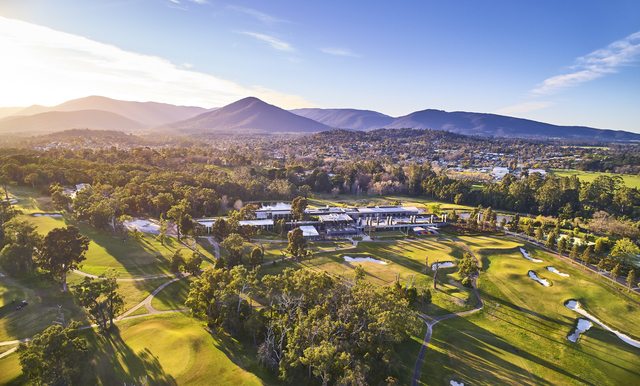The annual Leadbeater’s Possum Rediscovery Picnic and Forest Amble was held on Sunday 2 April, commemorating the remarkable rediscovery of the species by Eric Wilkinson in 1961.
Mr Wilkinson was in attendance as always to share his story and said the hair stood up on the back of his neck when he realised what he was looking at that fateful day.
“I had been doing nocturnal mammal surveys since December 1959 and was only 22 years old when I saw the Leadbeater’s Possum at Cumberland Valley, east of Marysville, on April 3 1961,” he said.
“I saw a second one 8 km away at Tommy’s Bend on the way to Marysville the same night. The next step was to obtain photographic evidence, which I was able to do at Tommy’s Bend on the following Saturday night. The photos were 35mm transparencies and I had to wait for over a week before I received the slides from Sydney.”
At the time, Mr Wilkinson was the Assistant to the Curator of Fossils at the National Museum of Victoria and the director Charles Brazenor was considered the expert on the Leadbeater’s Possum.
Mr Wilkinson said Mr Brazenor had been conducting research and fieldwork over the previous 30 years regarding the Leadbeater’s Possum and was sceptical regarding the find.
“However he did send me and John Coventry, the Assistant in the Mammal Department, to Marysville, and John collected a specimen that confirmed that I had found the supposedly extinct possum. I had the first live captive specimen under observation from May to August 1961,” he said.
“I have maintained an interest in the possum over the years since 1961, and especially so after joining the Friends of Leadbeater’s Possum in 2004 and have been attending the Cambarville Picnic Days since the first one held in April 2013.”
Concerned about the impact of current logging practices and bushfires on pushing the species back towards extinction, Mr Wilkinson has nearly completed a book on the possum’s history, his discovery and the aftermath in the hopes it will be a worthwhile contribution to preserving Victoria’s faunal emblem.
President of Friends of the Leadbeater’s Possum Steve Meacher said the event and the group in general hope to spread awareness so that more people are keen to see the Leadbeater’s Possum and its habitat protected.
“A lot of the public in Victoria don’t even know that the Leadbeater’s Possum is the state’s faunal emblem, which it has been since 1971. It’s very significant locally, living only in the Mountain Ash Forest and Central Highlands in the Yarra Ranges as well as a special genetically separate population of only 20 at Yellingbo,” he said.
“This animal exists only in the forest of the Central Highlands from Toolangi almost up to Eildon and then down to the Baw Baws.”
Forest ecologist Dr Chris Taylor also led a forest walk and talk, answering questions on forest ecology and the impact and role of fire.
Mr Meacher said the Leadbeater’s Possum is totally reliant on the forest that exists about 50 to 100 years after a major disturbance, which naturally would have been after a fire.
“The population benefited from the 1939 fires that left a lot of big old dead trees which develop hollows in which they could nest, but it’s that regenerating forest between about 50 to 100 years old that is also very attractive to the logging industry,” he said.
“That’s why there’s always been this head-on collision between the needs of the possums and the desires of the industry. Fortunately, most timber in Victoria now is coming from plantation timber, both hard and soft wood and there doesn’t need to be a continuation of native forest logging,”
“Hopefully the next big announcement in the Leadbeater’s Possum’s history will be an end to native forest logging that will help to preserve the habitat, what little there is left of it, for the Leadbeater’s Possum and many other species.”

